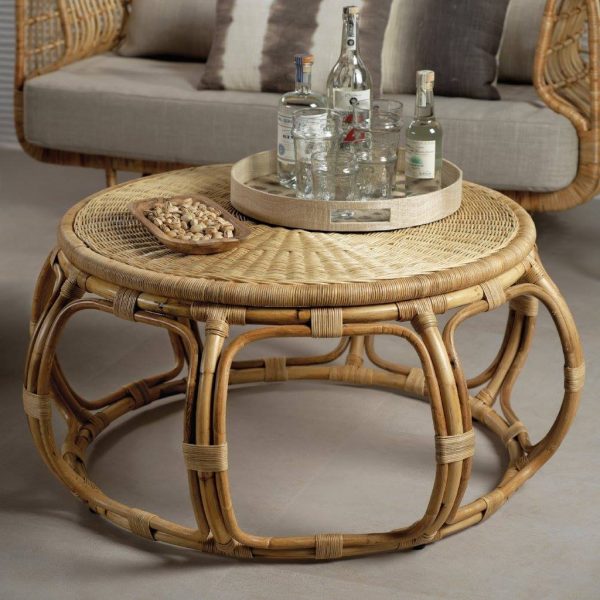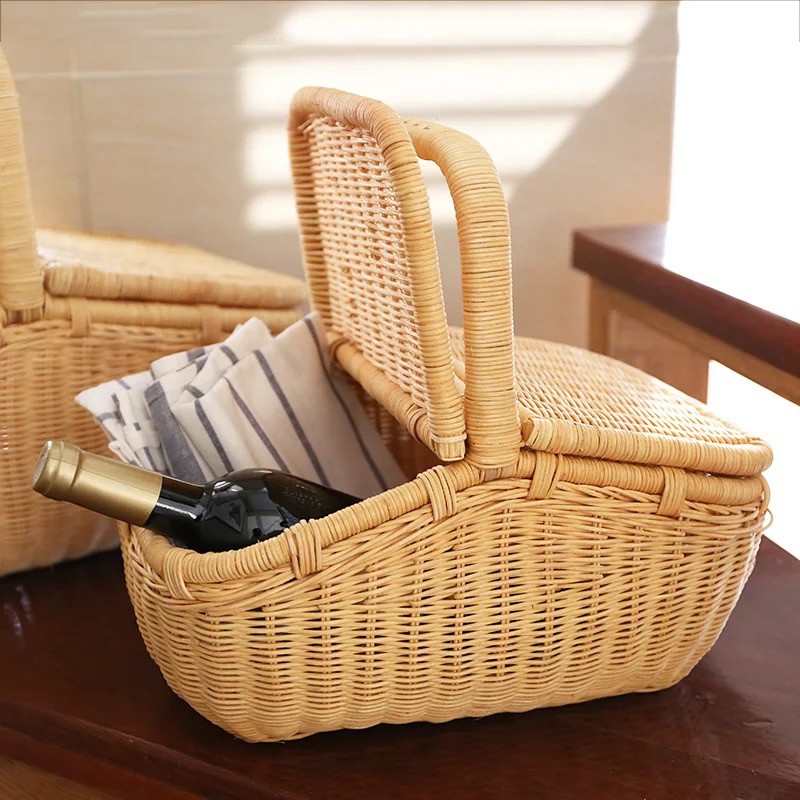No products in the cart.
News
Is Rattan furniture durable?
There are few experiences that can rival sitting in your garden with a cup of tea, the sun warming your cheeks. But taking it all in, while relaxing on gorgeous garden furniture, makes it that much better. Stylish and durable, rattan furniture does just that, flawlessly complementing any garden.
Rattan (also referred to as ‘wicker’ or ‘cane’) is a distinctive hand-woven material. It was originally made from rattan vines and natural wooden cane, but these materials expand and don’t retain colour, so are no longer used.
Nowadays, rattan furniture is usually made from either high-density polyethylene (HDPE) or PVC. HDPE creates a more premium product, according to Robert Bridgman – founder of Bridgman furniture store, which specialises in rattan furniture. “The properties are in-between a plastic and a wax,” he says, “and that gives it a very natural look and feel. It doesn’t look plasticky and it also has no toxins or chemicals.”
Is rattan furniture durable?
Rattan furniture is “extremely durable” according to Bridgman, which makes it “the best material that we’ve found for outdoor furniture”.
It’s expected to last a minimum of 10 years, but the furniture’s durability is affected by how it is made. While all rattan furniture is hand-woven, some manufacturers use nails to secure the material in place. “They’re the bits that would rust or fail”, says Bridgman.
Instead, you should opt for furniture where the rattan material has been wrapped around the frame and not secured with metal fixtures.
Does rattan furniture fade in the sun?
Sunlight is rattan’s kryptonite, as the UV attacks the waxy material, it can withstand it depending on the manufacturing process.
Rattan is made through a method called extrusion where, Bridgman explains, “all of the materials are melted in a big machine and pushed through a nozzle of all different shapes and sizes”. There are two types of manufacturing process when extruding rattan: dual extrusion and mono extrusion.
Mono extrusion is a process that produces a solid weave that’s not hollow in the middle. This means the colour is stable throughout (so even if you scuff the bottom, the colour won’t fade). It is also “more UV stable, so it doesn’t fade, crack or split”, according to Bridgman.
This stability is due to the UV protection built into the furniture – which is “essentially like adding a sunscreen to the process,” Bridgman says.
Dual extrusion, on the other hand, has less than half of the UV protection, which makes it a cheaper method. During this process, one part of the machine makes the weave and the other sprays on the colour. This means the colour is not likely to last as long as rattan furniture made using mono extrusion.
Do you need to cover rattan furniture if it gets wet?
If you cover your rattan furniture with waterproof cushions they will withstand the rain. However, if you don’t own waterproof cushions (or prefer the bare look), you should take your rattan furniture indoors.
When it rains, the water passes through the fabric, deep inside the material. The next day, in the sunshine, it will feel dry to the touch but, as soon as you sit on it, the water will seep upwards and you’ll get wet.
Lucy (Ms.)
Export Executive
Email: Sales2@safimex.com
Skype: gautrucluca | HP/WhatsApp: (+84) 396802832
SAFIMEX JOINT STOCK COMPANY
Head office: 216/20A Duong Ba Trac street, Ward 2, District 8, HCM City


